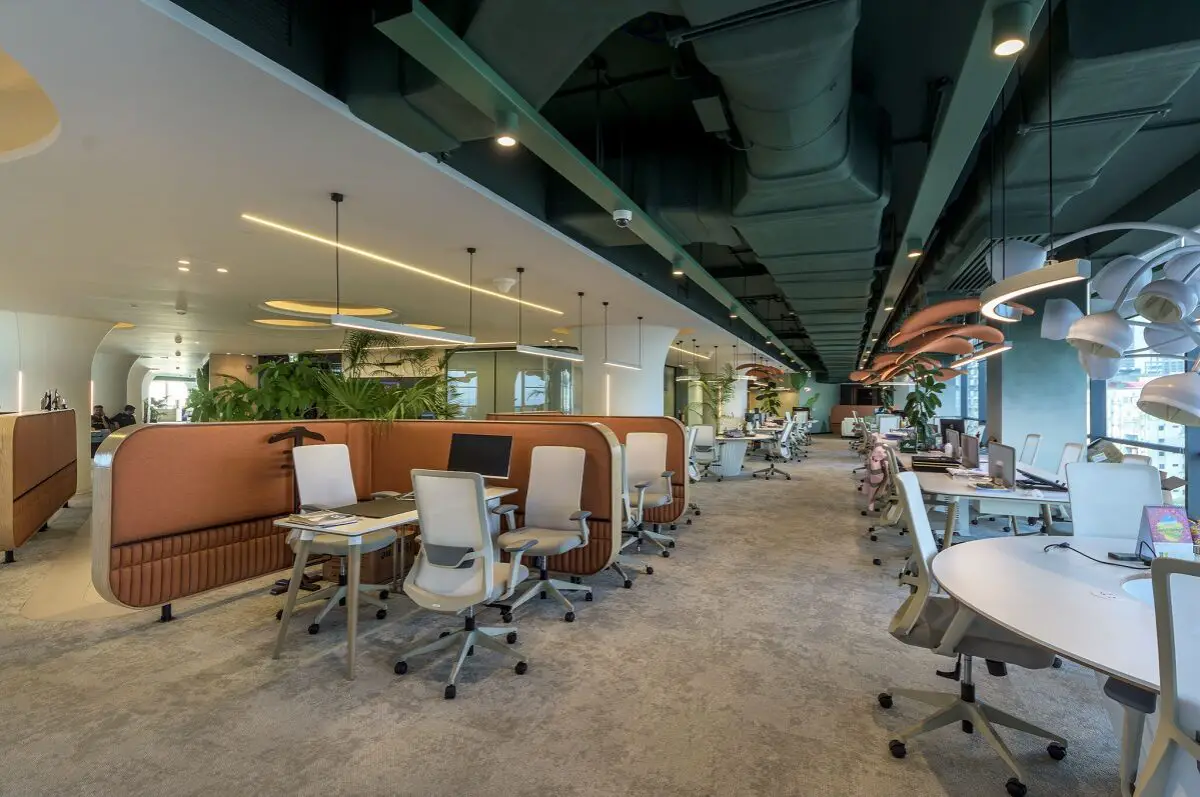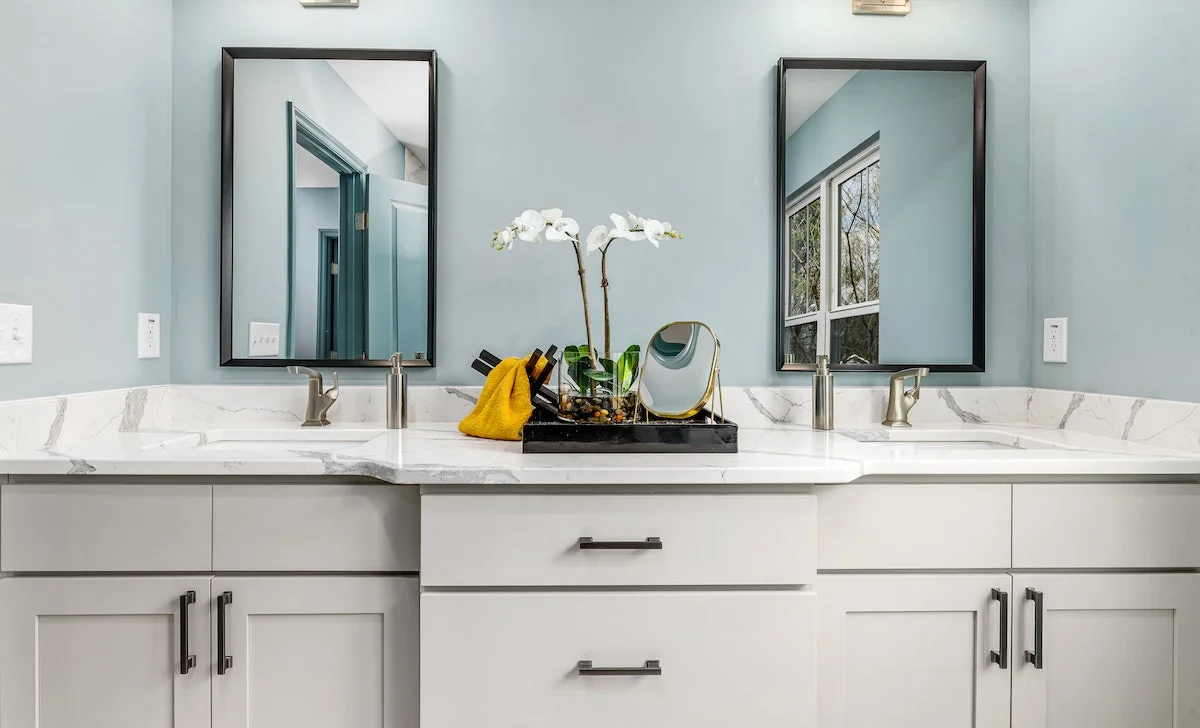Mirrors & Its Types: Mirrors have long fascinated us with their ability to reflect light and provide us with accurate reflections of ourselves and the world around us. They play a significant role in our daily lives, both practically and aesthetically. In this article, we will explore the different types of mirrors, their characteristics, and their various applications.
Understanding Mirrors
Mirrors are objects that have a smooth, highly reflective surface, typically made of glass with a metallic coating on one side. The smoothness of the surface allows light to bounce off it in a predictable manner, resulting in a clear reflection. The science behind mirrors lies in the principle of reflection, where light rays bounce back upon hitting a smooth surface.
Types of Mirrors
- Plane Mirrors: Plane mirrors, also known as flat mirrors, have a flat reflective surface that produces a virtual image of objects. These mirrors reflect light without distortion and are commonly used in households for personal grooming, decoration, and even in retail stores for visual merchandising.
- Concave Mirrors: Concave mirrors curve inward, causing light rays to converge at a focal point. These mirrors are capable of producing both real and virtual images, depending on the position of the object relative to the mirror. Concave mirrors find applications in telescopes, headlights, and makeup mirrors, where they can magnify or focus light.
- Convex Mirrors: Convex mirrors, on the other hand, curve outward, causing light rays to diverge. They produce virtual images that are smaller and appear farther away than the actual object. Convex mirrors are commonly used in rear-view mirrors of vehicles, as they provide a wider field of view and help eliminate blind spots.
- Two-Way Mirrors: Two-way mirrors, also known as one-sided mirrors, are partially reflective and partially transparent. These mirrors are coated with a thin layer of reflective material, allowing light to pass through from one side while reflecting it back from the other. Two-way mirrors find applications in surveillance, interrogation rooms, and some smart devices.
- One-Way Mirrors: One-way mirrors work similarly to two-way mirrors, but the reflection is more dominant. They allow light to pass through from one side while reflecting it back with minimal transparency. One-way mirrors are commonly used in security applications, such as observation rooms or police lineups.
Applications of Mirrors
- Household Uses: Mirrors are widely used in households for various purposes. They serve as functional mirrors for personal grooming, interior decoration, and enhancing the sense of space in smaller rooms. Additionally, mirrors are often used as decorative elements, adding aesthetic appeal to living spaces.
- Scientific Applications: Mirrors play a crucial role in scientific research and applications. They are used in telescopes, microscopes, and cameras to manipulate and focus light, enabling us to observe distant celestial bodies or study microscopic organisms. Mirrors are also essential in lasers, optical fibers, and other scientific instruments.
- Industrial Applications: Mirrors have various applications in industries. They are used in manufacturing processes, such as precision optics, where mirrors are crucial for reflecting and directing laser beams. Mirrors are also employed in automotive manufacturing for quality control and inspection purposes. Furthermore, mirrors find applications in solar energy systems, where they help concentrate sunlight onto photovoltaic cells or heat-absorbing surfaces.
Tips for Choosing Mirrors
When selecting a mirror for your specific needs, consider the following tips:
- Size and Placement: Determine the size and placement of the mirror based on the intended purpose and the available space. Consider whether you need a full-length mirror, a vanity mirror, or a decorative mirror for a particular room.
- Quality and Reflectivity: Choose a mirror with high reflectivity and minimal distortion. Check for any imperfections or black spots on the reflective surface.
- Frame and Style: Consider the frame design and style of the mirror to complement the aesthetics of your space. Choose from various frame materials, such as wood, metal, or plastic, based on your preferences.
- Lighting Considerations: Take into account the lighting conditions in the room where the mirror will be placed. Natural and artificial lighting can impact the appearance of the reflected image.
- Maintenance and Cleaning: Consider the ease of cleaning and maintaining the mirror. Choose a mirror that is resistant to smudges and easy to clean without causing damage.
Maintaining Mirrors – Mirrors & Its Types
To keep your mirrors in optimal condition, follow these maintenance tips:
- Regular Cleaning: Clean the mirror regularly using a non-abrasive glass cleaner and a soft, lint-free cloth. Avoid using harsh chemicals or abrasive materials that can scratch or damage the mirror’s surface.
- Avoid Moisture: Prevent excessive moisture from accumulating on the mirror, as it can lead to fogging or water spots. Use proper ventilation in bathrooms or areas with high humidity.
- Handle with Care: Handle mirrors with care to avoid accidental breakage or damage. Avoid placing heavy objects on the mirror or using sharp objects near it.
- Protective Coatings: Consider applying a protective coating to the mirror’s surface to minimize the risk of scratches or damage.
- Inspect for Damage: Regularly inspect the mirror for any signs of cracks, chips, or deterioration. Replace or repair damaged mirrors promptly to maintain their functionality and safety.


